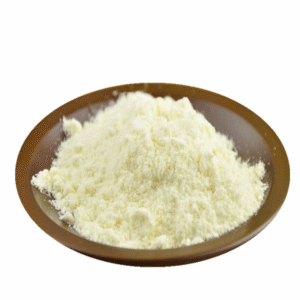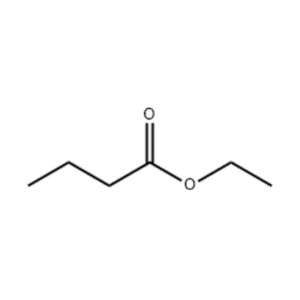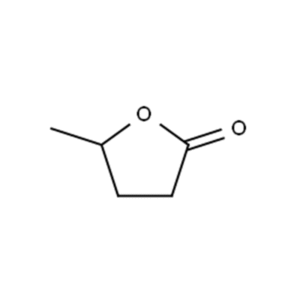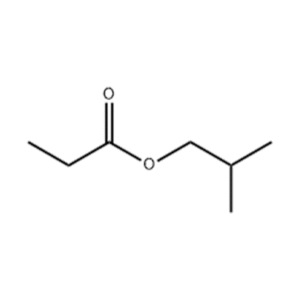1. Product Property
Whole milk powder is a creamy white to light yellow powder with a characteristic milky flavor and aroma. It contains approximately 26-28% fat, 25-27% protein, and 36-38% lactose, along with essential vitamins and minerals. The product is produced by evaporating and spray-drying pasteurized whole milk, resulting in a shelf-stable powder with moisture content below 4%. It readily reconstitutes in water and maintains most nutritional properties of fresh milk. The powder is hygroscopic and requires proper packaging to prevent moisture absorption and oxidation
2. Quality Standards
| Parameter | Food Grade Specification |
| Fat Content (%) | 26.0-28.0 |
| Protein Content (%) | 25.0-27.0 |
| Moisture (%) ≤ | 4.0 |
| Titratable Acidity (°T) ≤ | 18.0 |
| Solubility Index (ml) ≤ | 1.0 |
| Total Plate Count (cfu/g) ≤ | 50,000 |
| Coliforms (cfu/g) ≤ | 10 |
| Salmonella | Absent in 25g |
| Lead (Pb) (mg/kg) ≤ | 0.1 |
| Aflatoxin M1 (μg/kg) ≤ | 0.5 |
3. Application Scope and Usage
Whole milk powder is widely used as a nutritional ingredient in dairy products, baked goods, confectionery, and processed foods. It serves as a complete milk substitute in regions lacking fresh milk supply. The product is essential in chocolate manufacturing, ice cream production, and ready-to-drink beverages. Infant formula manufacturers use it as a base material after fortification. Food service industries utilize it for coffee whiteners and culinary applications.
4. Package and Storage
Whole milk powder is packaged in multi-layer foil bags with nitrogen flushing (25kg) or tin cans (1kg) to prevent oxidation. Industrial quantities use 25kg polyethylene-lined kraft paper bags. Storage requires cool (≤25°C), dry conditions (RH≤65%) away from light and strong odors. Properly sealed packages maintain quality for 18-24 months. Opened containers should be resealed and used within 1 month. Bulk storage requires temperature-controlled warehouses with pest control measures. Transportation must avoid high temperatures and humidity to prevent caking and quality deterioration. The product is sensitive to light-induced oxidation, requiring opaque packaging for retail units.






